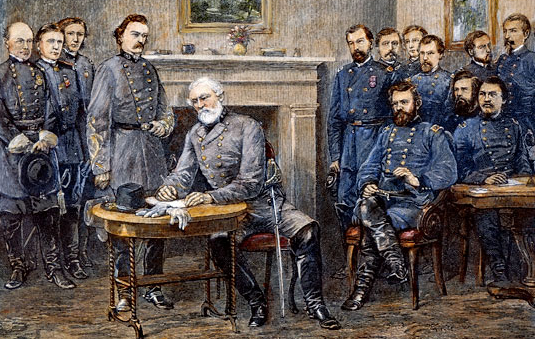Tag: courage
The Confessions of a Fantastic Follower and Exceptional Leaders
Bob Kuechenberg, the former Miami Dolphins great, once explained what motivated him to go to college. “My father and uncle were human cannonballs in carnivals. My father told me, “go to college or be a cannonball.” Then one day my uncle came out of the cannon, missed the net and hit the Ferris wheel, I…

Effective Leadership Qualities Illustrated by a Unique Story From the Civil War
I am a fan of Civil War history. I also like to study leadership and effective leadership qualities. This article tells the story of Joshua Chamberlain, a highly decorated Union officer. The objective of the article … highlight a great gesture of effective leadership. Another story: Surprising Story Lessons on Making a Difference Joshua Lawrence Chamberlain was…